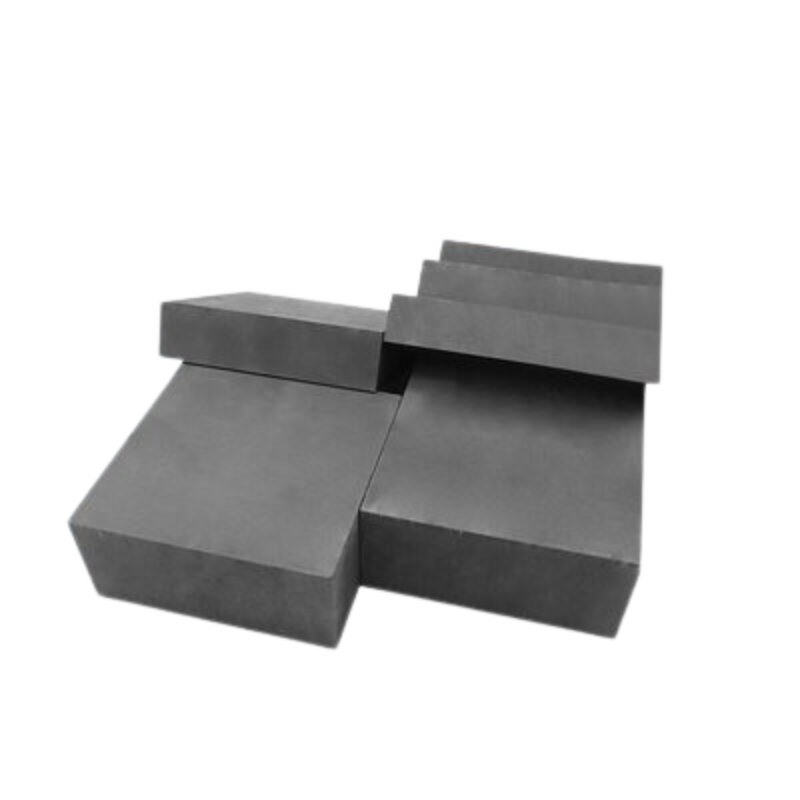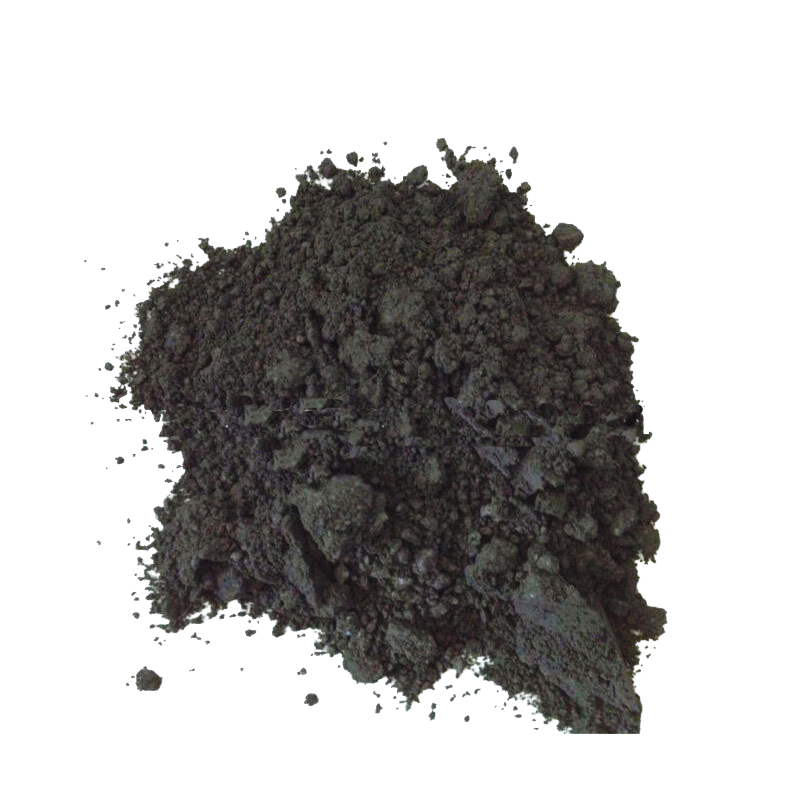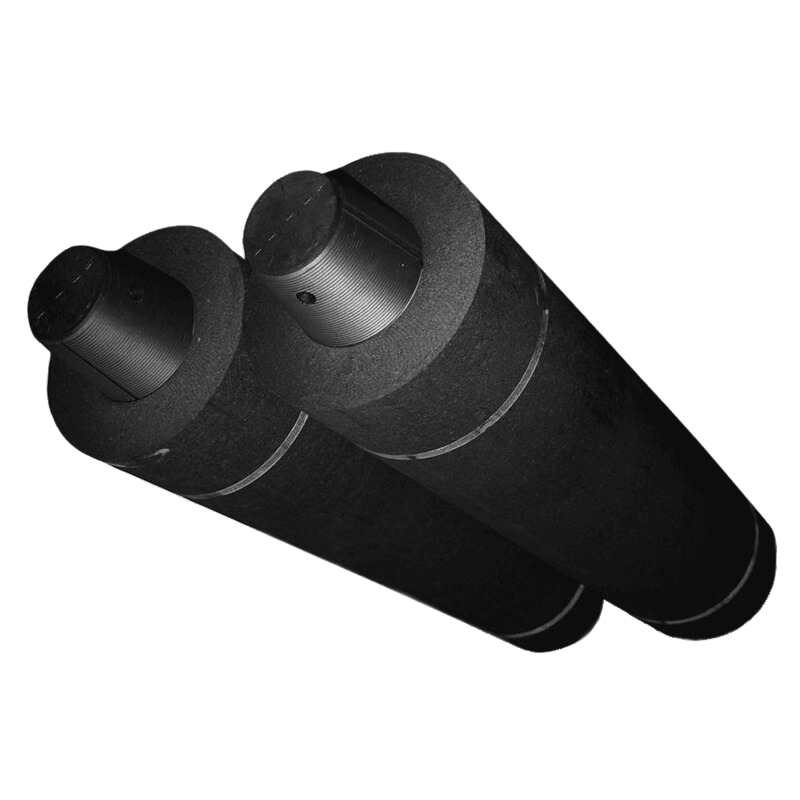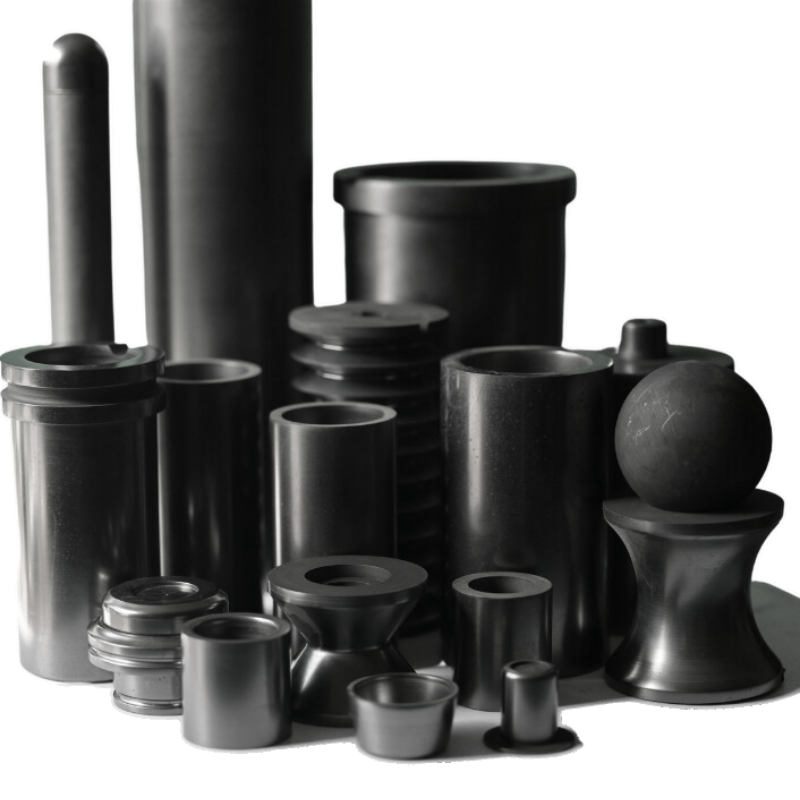The heating principle of a graphite rod involves its special thermal and electrical conductivity properties. Here are the basic principles of heating a graphite rod:
1.Thermal Conductivity: Graphite possesses exceptional thermal conductivity, several times that of many metals. This means that when one end of a graphite rod is heated, it efficiently conducts heat throughout the entire rod. The molecular structure and bonding of graphite contribute to its outstanding thermal conductivity, which is crucial for achieving uniform heating.
2.Electrical Conductivity: Graphite is a good conductor of electricity, facilitating the effective transfer of electrical current. When an electric current passes through a graphite rod, the resistance generates heat due to the Joule heating effect. By controlling the current passing through the graphite rod, precise heating of the rod can be achieved.
3.Joule Heating Effect: Heating a graphite rod is typically accomplished through resistive heating. When an electric current is applied to the graphite rod, electrons move within its structure, and the resistance created generates heat. This method is highly flexible, allowing for precise control of the temperature of the graphite rod by adjusting the current.
4.High-Temperature Stability: Graphite remains relatively stable at high temperatures, making it an ideal heating material for high-temperature applications. Graphite has an extremely high melting point, and its structure and properties remain relatively stable at high temperatures, allowing it to operate for extended periods under extreme conditions without losing its thermal and electrical conductivity properties.
In summary, the heating principle of a graphite rod is based on its outstanding thermal conductivity, electrical conductivity, and the Joule heating effect resulting from resistance. This makes graphite rods widely applicable in various fields such as high-temperature furnaces, electronic devices, and chemical experiments.





